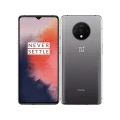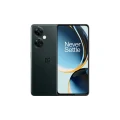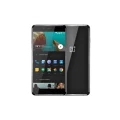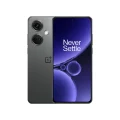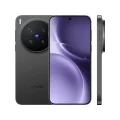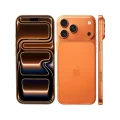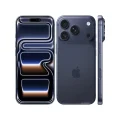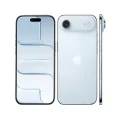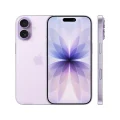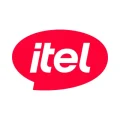- Home
- All Products
- OnePlus
- OnePlus 3
OnePlus 3


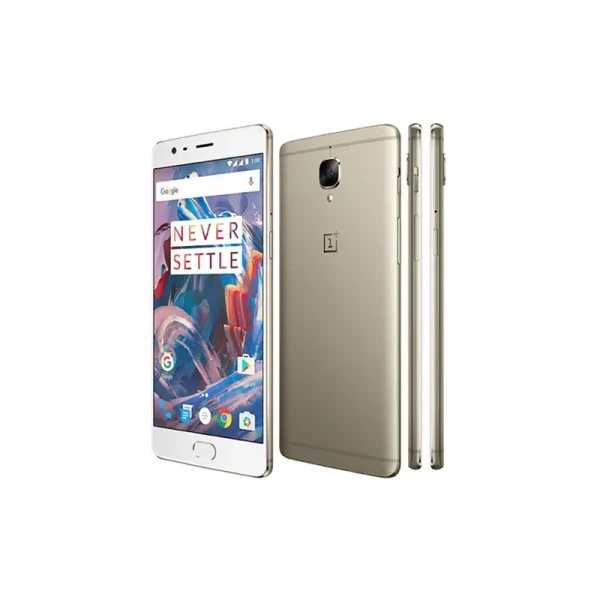
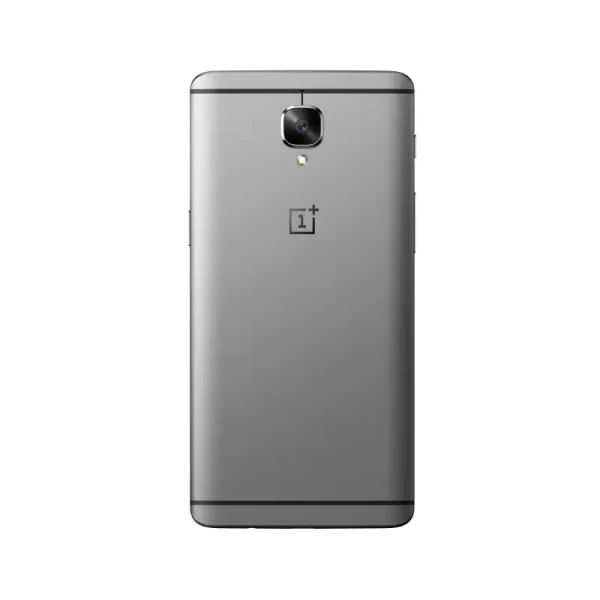
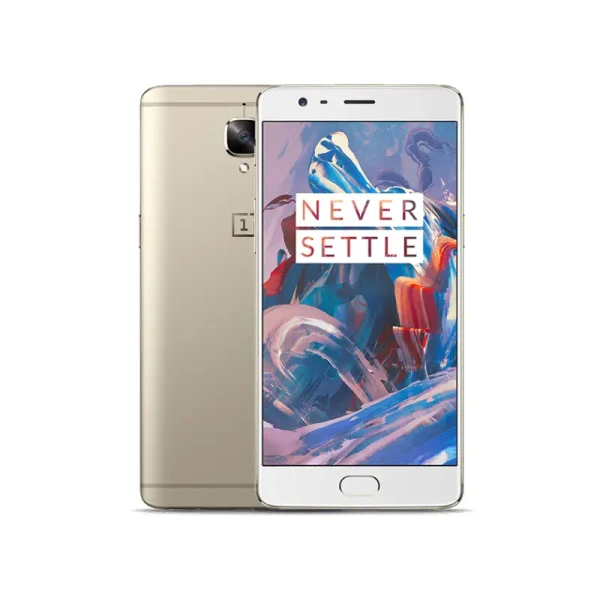
-
Battery: Li-Ion 3000 mAh
-
RAM: 6GB
-
Storage: 64GB
-
Display: Optic AMOLED, 5.5 inches
-
Camera: Rear 16 MP, and Front 8 MP
-
OS: Android 6.0.1 (Marshmallow), upgradable to Android 9.0 (Pie)
Full Specifications
Price
| Official | Not Available |
| Unofficial | About 28499 BDT 6GB/64GB Exp. |
General
| Model | OnePlus 3 |
| Announced | 2016, June |
| Released | 2016, June |
| Status | Discontinued |
Design
| Dimensions | 152.7 x 74.7 x 7.4 mm (6.01 x 2.94 x 0.29 in) |
| Weight | 158 g (5.57 oz) |
| SIM SIM (Subscriber Identity Module) is a small card that contains mobile network subscriber's account information. This allows the phone using the card to attach to a mobile network. The SIM card is most commonly associated with GSM and UMTS mobile networks. Moving a SIM card from one phone to another allows a subscriber to switch mobile phones without having to contact their mobile network carrier. SIM cards can also be used by a phone to store limited amounts of data, such as phone numbers and text messages. |
Dual SIM (Nano-SIM, dual stand-by) |
| Colors |
Graphite, soft gold |
Display Specification
| Display Type Display Technology => A number of display technologies and types used in mobile phones => TFT (Thin Film Transistor), IPS (In-Place Switching), OLED (Organic Light Emitting Diode), AMOLED (Active-Matrix Organic Light-Emitting Diode), Super AMOLED (an even advanced version of AMOLED), Resistive Touchscreen (Resistive touchscreens contain two layer of conductive material with a very small gap between them which acts as a resistance), Capacitive Touchsceen (Capacitive touchscreen technology consists of a layer of glass coated with a transparent conductor) | Optic AMOLED |
| Size | 5.5 inches, 83.4 cm2 |
| Resolution | 1080 x 1920 pixels, 16:9 ratio |
| Pixel Density Pixel Density (PPI) is refers to the concentration of pixels on a particular display, measured in pixels per inch (ppi). Pixel density is calculated by dividing the diagonal pixel resolution of a display by its diagonal size, higher pixel density better display quality. | 401 ppi density |
| Display Protection Display Protection => Gorilla Glass is a special alkali-aluminosilicate glass shield with exceptional damage resistance that helps protect mobile displays from scratches, drops, and bumps of everyday use, It is always better to go for a smartphone with Gorilla Glass for that added protection and peace of mind. | Corning Gorilla Glass 4 |
| Features | 73.1% screen-to-body ratio |
Platform
| Operating System OS => Every computer system run on a base software called Operating System (OS). Operating System controls all basic operations of the computer (such as smartphone, PDAs, tablet computers and other handheld devices). The Operating System allows the user to install and run third party applications (apps), apps are used to add new functionality to the device. | Android 6.0.1 (Marshmallow), upgradable to Android 9.0 (Pie) |
| Chipset Chipset is a group of integrated circuits designed to perform one or a more dedicated functions, often with real time computing constraints, Popular smartphones are equipped with more advanced embedded chipsets that can do many different tasks depending on their programming. | Qualcomm MSM8996 Snapdragon 820 (14 nm) |
| CPU CPU (Central Processing Unit) mostly known as processors, CPU processes instructions in order to carry out certain functions that make your device operate properly. Processors are often described as the brain of computers, smartphones and tablets, Smartphones and tablets rely on processors to carry out their every task, Processors are an incredibly important factor in selecting any type of computing device, including your smartphone. | Quad-core (2x2.15 GHz Kryo & 2x1.6 GHz Kryo) |
| GPU GPU (Graphics Processing Unit) is a single-chip processor designed to rapidly manipulate and alter memory to accelerate the creation of images in a frame buffer intended for output to a display, This includes things such as lighting effects, object transformations, and 3D motion. | Adreno 530 |
Main Camera
| Camera Setup | Single |
| Resolution |
16 MP, f/2.0, 1/2.8", 1.12µm, PDAF, OIS |
| Features |
LED flash, panorama, HDR |
| Video | 4K@30fps, 1080p@30/60fps, 720p@120fps, Auto HDR |
Selfie Camera
| Camera Setup | Single |
| Resolution |
8 MP, f/2.0, 1/3.2", 1.4µm |
Network & Connectivity
| Technology | GSM / HSPA / LTE |
| Speed | HSPA 42.2/5.76 Mbps, LTE-A (2CA) Cat6 300/50 Mbps |
| Wi-fi Wi-Fi is a popular wireless networking technology using radio waves to provide high-speed network connections that allows devices to communicate without cords or cables, Wi-Fi is increasingly becoming the preferred mode of internet connectivity all over the world. | Wi-Fi 802.11 a/b/g/n/ac, Wi-Fi Direct, DLNA |
| Bluetooth Bluetooth is a wireless communications technology for exchanging data between mobile phones, headsets, computers and other network devices over short distances without wires, Bluetooth technology was primarily designed to support simple wireless networking of personal consumer devices. | 4.2, A2DP, LE, aptX HD |
| NFC NFC (Near field communication) is a set of standards for smartphones and similar devices to establish peer-to-peer radio communications with each other by touching them together or bringing them into proximity, usually no more than a few inches. | Yes |
| Positioning |
GPS, GLONASS, BDS |
| FM Radio | No |
| USB | USB Type-C 2.0 |
| 2G Network |
GSM 850 / 900 / 1800 / 1900 - SIM 1 & SIM 2 |
| 3G Network |
HSDPA 850 / 900 / 2100 |
| 4G Network |
1, 3, 5, 7, 8, 20, 38, 40 |
Battery
| Battery Type Battery Type => Cell phones run on various kinds of batteries depending on the manufacturer, phone size or shape and features. There are basically four types of cell phone batteries => Lithium Polymer, Lithium Ion, Nickel Metal Hydride and Nickel Cadmium. | Li-Ion (Lithium Ion) |
| Capacity Battery Capacity is a measure (typically in Amp-hr) of the charge stored by the battery, and is determined by the mass of active material contained in the battery. The battery capacity represents the maximum amount of energy that can be extracted from the battery under certain conditions. | 3000 mAh |
| Removable | No |
| Charging |
20W wired |
| Wireless Charging Wireless Charging (Inductive Charging) uses an electromagnetic field to transfer energy between two objects. This is usually done with a charging station. Energy is sent through an inductive coupling to an electrical device, which can then use that energy to charge batteries or run the device. | No |
Multimedia
| Loudspeaker | Yes |
| Audio Jack | Yes |
Storage
| Card Slot Memory Card Slot is a special slot for inserting a memory card. Memory cards allow you to expand the phone's built-in memory, A memory card (sometimes called a flash memory card or a storage card) is a small storage medium used to store data such as text, pictures, audio, and video, for use on small, portable or remote computing devices such as mobile phones, mp3 players, digital cameras. | No |
| Internal Storage Internal Storage is a data storage space (flash memory) mostly used in smartphones, tablets and other electronic devices where operating system, apps, music, photos, videos, files and other user data Is stored. |
64GB 6GB RAM |
Sensors
| Fingerprint | Yes (front-mounted) |
| Other Sensors | accelerometer, gyro, proximity, compass |
About the OnePlus 3
The OnePlus 3, launched in June 2016, marked a significant upgrade in design and performance for OnePlus. Featuring a 5.5-inch Full HD Optic AMOLED display, it delivered sharp visuals with vibrant colors. Powered by the Qualcomm Snapdragon 820 processor and 6GB RAM, the OnePlus 3 ensured smooth multitasking and flagship-level performance. Storage was 64GB UFS 2.0, providing fast data access, though not expandable. The camera setup included a 16MP rear camera with OIS and an 8MP front camera, capable of capturing detailed photos and videos. With a 3000mAh battery and Dash Charge fast charging, the device could charge up to 60% in just 30 minutes. Running on OxygenOS based on Android Marshmallow, the OnePlus 3 offered a clean and customizable software experience. Its all-metal unibody design added premium appeal, making it one of the most popular OnePlus devices of its time.
Main Key Features
- 5.5-inch Full HD Optic AMOLED display
- Snapdragon 820 processor
- 6GB RAM, 64GB internal storage
- 16MP rear camera with OIS, 8MP front camera
- 3000mAh battery with Dash Charge fast charging
- OxygenOS based on Android 6.0 Marshmallow
- Premium metal unibody design
Pros & Cons
Pros:
- Smooth performance,
- 6GB RAM,
- AMOLED display,
- Fast Dash Charge,
- Premium metal design.
Cons:
- Non-expandable storage,
- The battery could be larger,
- The camera’s average in low light,
- No wireless charging.
Why Choose This Phone?
The OnePlus 3 is ideal for users seeking a high-performance flagship smartphone at a competitive price, with premium build quality, fast charging, and smooth software.
Opinion
The OnePlus 3 solidified OnePlus’s reputation for producing affordable flagship devices. Its combination of performance, design, and software made it a favorite among tech enthusiasts in 2016 and beyond.
See Another Model:
FAQs about OnePlus 3
Q: What processor powers the OnePlus 3?
A: Qualcomm Snapdragon 820.
Q: How much RAM and storage does it have?
A: 6GB RAM and 64GB internal storage (non-expandable).
Q: What cameras does it have?
A: 16MP rear camera with OIS, 8MP front camera.
Q: What is the battery capacity?
A: 3000mAh with Dash Charge fast charging.
Q: What OS does it run?
A: OxygenOS is based on Android 6.0 Marshmallow.
Give Your Review
Disclaimer Note
You can write your own disclaimer from APS Settings -> General -> Disclaimer Note.
